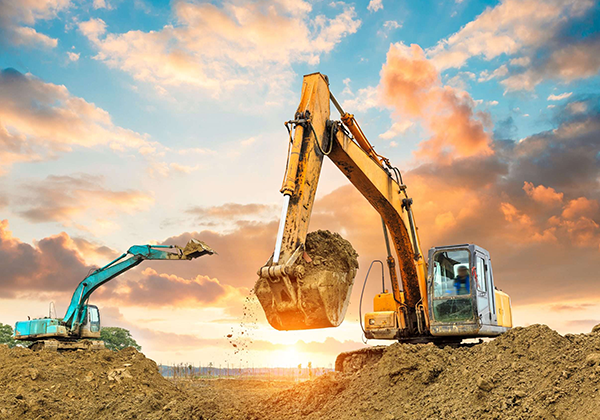Excavation, a fundamental step in construction, often carries a significant environmental impact. However, with increasing awareness of sustainability, the industry is shifting towards more eco-friendly practices. Sustainable excavation aims to minimize the ecological footprint of this process while maximizing resource efficiency.
Key Principles of Sustainable Excavation
- Minimalistic Approach: Excavate only what's necessary. Precise planning and advanced technologies can help determine the exact volume of soil to be removed, reducing waste and preserving the natural landscape.
- Soil Conservation: Protect topsoil, as it's crucial for plant growth and water infiltration. Implement measures to prevent erosion, such as using silt fences and erosion control blankets.
- Water Management: Minimize water usage during excavation. Employ techniques like dry cutting and recycling water whenever possible.
- Waste Reduction: Recycle and repurpose excavated materials. Soil can be reused for landscaping or filling, while rocks and debris can be processed for construction materials.
- Equipment Efficiency: Utilize fuel-efficient and low-emission machinery. Regular maintenance ensures optimal performance and reduces environmental impact.
- Noise Pollution Control: Implement measures to reduce noise levels, such as using quieter equipment and scheduling work during less populated hours.
- Habitat Preservation: If possible, avoid disturbing sensitive ecosystems. If unavoidable, implement mitigation plans to restore the area after construction.
Innovative Techniques for Sustainable Excavation
- Hydro Excavation: This method uses water pressure to excavate soil, reducing vibrations and minimizing damage to underground utilities.
- Precision Excavation: Advanced technology like GPS and laser guidance enables precise excavation, reducing waste and minimizing environmental impact.
- Soil Stabilization: Treating excavated soil to improve its properties can reduce the need for additional materials and enhance its suitability for reuse.
- Green Remediation: Contaminated soil can often be remediated on-site, reducing the need for transportation and disposal.
Challenges and Opportunities
While sustainable excavation is gaining traction, several challenges persist. The upfront costs of implementing eco-friendly practices can be higher. However, long-term benefits, such as reduced waste disposal fees and improved public image, can offset these initial investments. Additionally, there's a need for standardized guidelines and certifications to promote sustainable excavation practices.
The construction industry has a significant role in shaping our built environment. By adopting sustainable excavation practices, we can contribute to a greener future while ensuring the long-term viability of our projects. As technology continues to advance, we can expect even more innovative and environmentally friendly methods to emerge.


